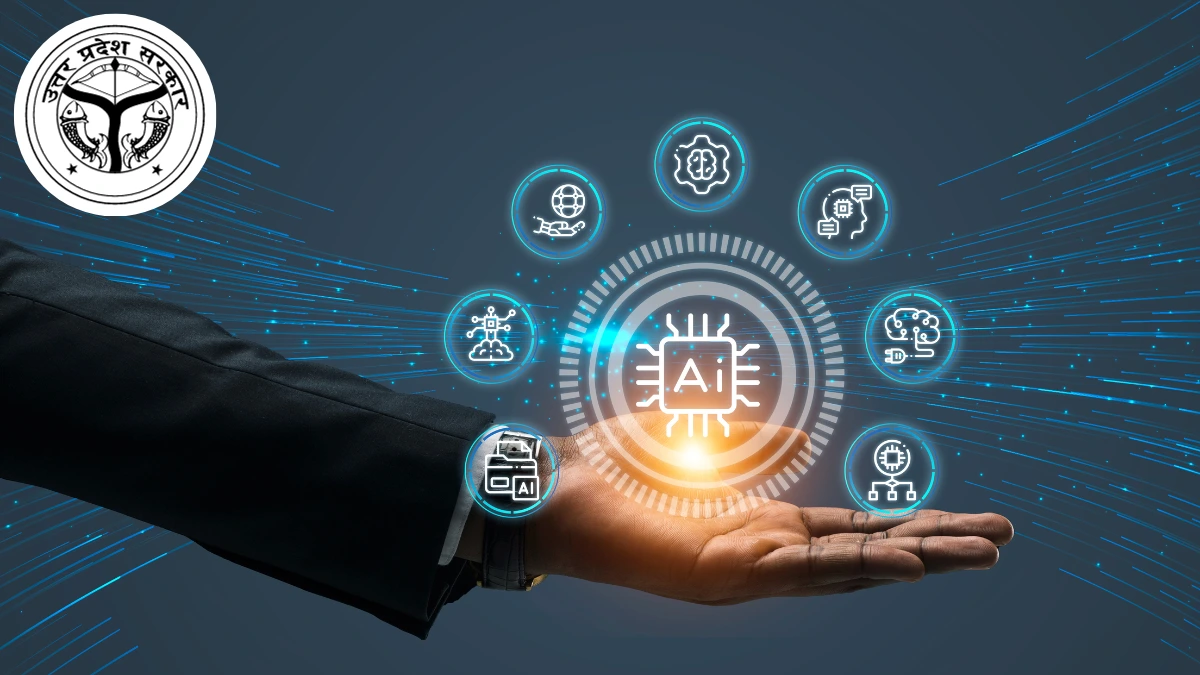 Previous Article
Previous Article

Published on 15 Dec 2023
India stands on the cusp of an educational revolution, one that promises to redefine the very meaning of access and equality. In an era marked by technological innovations led by Artificial Intelligence and other emerging technologies, smartphones are emerging as the key to unlocking unprecedented access to quality education across India.
This article explores the critical and multifaceted role smartphones are playing in shaping the future of learning, bridging infrastructure gaps, enhancing affordability and scalability of quality education, and paving the way for a brighter future for students nationwide in the digital realm.
Aditi Avasthi, Founder & CEO, EMBIBE has shared some insights on why smart is the key to expanding access to quality education in India.
1. The Ubiquity of Smartphones
Today, India has over 750 million smartphone users, a number that’s increasing every year. The rapid adoption of mobile technology in urban and rural areas alike provides an unprecedented opportunity to reach students in every corner of the country.
As traditional barriers fall, smartphones are becoming the primary learning device, outpacing even personal computers in many regions.
2. Tailored Learning Experiences
The beauty of smartphones lies in their personalisation. Some renowned Ed-tech platforms offer adaptive learning experiences that cater to individual needs. Unlike a one-size-fits-all classroom approach, smartphones can provide feedback, adapt to the learner’s pace, and curate resources based on the student’s unique requirements.
3. Bridging the Infrastructure Gap
Edtech companies have taken significant strides by introducing innovative apps that enable students to engage in real-time laboratory experiments, replicating the authentic laboratory experience from the comfort and convenience of their own homes.
Essentially, a student living in a remote rural area can harness the power of their smartphone to actively participate in scientific experiments, gaining insights into complex subjects that were previously inaccessible within such rural settings.
4. Affordability and Scalability
As smartphones become more affordable and data costs plummet, they are rapidly becoming the most economical means of delivering quality education. This not only levels the playing field for students from different economic backgrounds but also ensures that innovative teaching methods can be scaled up quickly and efficiently.
5. Real-Time Assessments and Feedback
Immediate feedback is invaluable in the learning process. Smartphones, coupled with intelligent platforms, can provide instant results on tests, quizzes, and assignments. This allows students to gauge their understanding, rectify mistakes, and make consistent progress.
6. Collaborative Learning
The interconnected nature of smartphones enables students from diverse locations to collaborate on projects, discuss topics, and share resources. This cross-pollination of ideas fosters creativity and broadens perspectives, enriching the overall learning experience.
7. Preparing for the Future
Our world is digital. As we move towards an increasingly interconnected global community, digital literacy becomes as fundamental as reading and writing. By integrating smartphones into the education system, we’re not just expanding access but also preparing our youth for the digital age.
The journey towards democratising education in India is long and filled with challenges. However, with smartphones as our ally, we have a tool that’s versatile, widespread, and potent. We have seen transformative stories of students from remote villages outperforming their urban counterparts, all thanks to the power of digital learning.